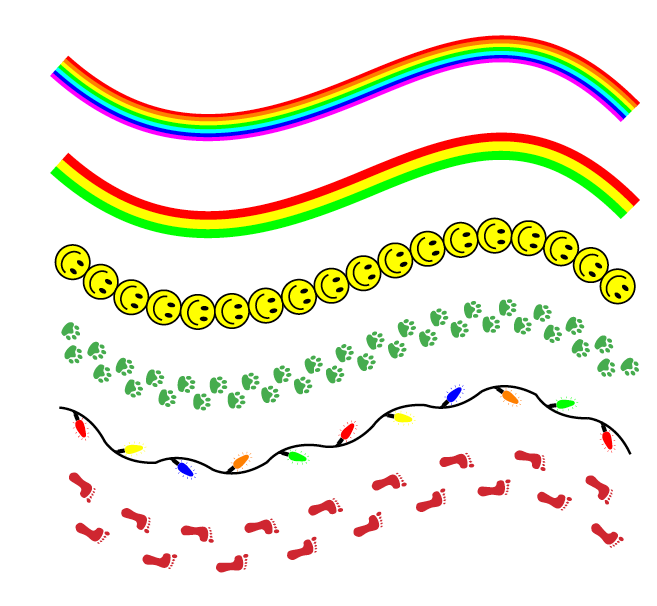
When you lack a style guide to tell you when to use a hyphen or a dash between specific compounds, traditional guidance suggests that ‘hyphens join, dashes separate’. Personally, I would use an en dash for the ‘English?French dictionary’, as it is used to translate between two languages, whereas I would use a hyphen for the ‘Serbo-Croat dictionary’, as it helps in using one language.

(Most experts would use en dash for both.) Thus I would say Oprah Winfrey is an ‘African-American’ who has travelled a lot on ‘African?American’ airline routes. So as I see it, the hyphen’s “prepositional meaning” is something like “partly_ and partly_”. For example, ‘reddish-brown’ is a single word that refers to a single color, but ‘red?green’ color blindness refers to the confusion between two colors. Personally, I argue that a hyphen’s principal purpose is to make a single word. I’ve had very similar arguments, although our respective positions may differ. ‘Some people go too far and also use the en-dash in ?English?French dictionary? which, I feel, is incorrect, because that doesn?t indicate a contrast.‘ Master the hyphenation possibilities available to you in InDesign, it’s an essential skill for any InDesign professional. Or, you can use Find/Change to search for non-breaking (and discretionary) hyphens, both are available from the dropdown menus to the right of the Find and Change fields. When you do that, InDesign adds non-printing yellow highlighting on any character that will print but that technically is an alternative glyph, such as ligatures, Open Type small caps, and, interestingly enough, non-breaking hyphens. Instead of looking for spacing clues, one way to highlight non-breaking hyphens throughout all your text at once is to turn on composition highlighting (Preferences > Composition) for Substituted Glyphs. That’s a clue that it’s not a normal hyphen. But notice how in the line above the word, there is plenty of room for the first “Anne-” portion, yet InDesign keeps it with the Myrhh on the next line.
#Tilde on pc indesign manual
Even though it’s a special character, there is no Hidden Character markup indicating it’s anything other than a simple, manual hyphen, which I believe is a bug. Non-breaking hyphens are often difficult to spot in text. They allow you to add a hyphen to a name or place, while preventing InDesign from using that particular hyphen to break at the end of a line. Use a discretionary hyphen instead.į: Non-breaking hyphens like the one in “Anne-Myrrh” are entered from the same Insert > Special Character menu as discretionary hyphens. This is why you should never use a manual hyphen just to create a line break. Even if your manually-hyphenated word fits completely on one line, the hyphen remains in the word, since it’s a literal ASCII character. InDesign prefers to break at a manual hyphenation point instead of an automatic one but not always (especially if the parts before and after the hyphen have their own automatic break points). It’s just a regular character like any other letter, so there’s no Hidden Character markup. Adding a soft hyphen immediately in front of the word, as I did before the word “summer” (B, above), is an override that tells InDesign to never break the word, even if there’s room to break it.Ĭ: Manual hyphens as in the word “twenty-one” above are the ones you enter from the keyboard with the hyphen key.

However, the markup remains, as you can see in E, above (between the x and the a in the word fixation), reminding you there’s a special character in the word. Like an automatic hyphen, a discretionary one only appears at a line break (as in D, above) if the word doesn’t need to break across lines, the hyphen is removed and the space closes up, a very good thing. You do so when you need to manually override InDesign’s built-in automatic hyphenation for the word, or add a line-breaking hyphen to a word that normally won’t break. If the text is edited and the word doesn’t need to break at the end of the line, the hyphen disappears, as nature intended.ī, D, and E: Discretionary (soft) hyphens are ones you insert manually by choosing Type > Insert Special Character > Hyphens & Dashes > Discretionary Hyphen, or using the keyboard shortcut Command-Shift-hyphen/Ctrl-Shift-hyphen.

You’ll only see automatic hyphens if you’ve turned on hyphenation for that paragraph, of course. Automatic hyphens are ones InDesign inserts on its own, when a word needs to break at the end of a line. More after the jump! Continue reading below↓įree and Premium members see fewer ads! Sign up and log-in today.Ī: Automatic hyphens like this one are identified by the tilde ( ~ ) markup above the hyphen when Hidden Characters are showing.


 0 kommentar(er)
0 kommentar(er)
